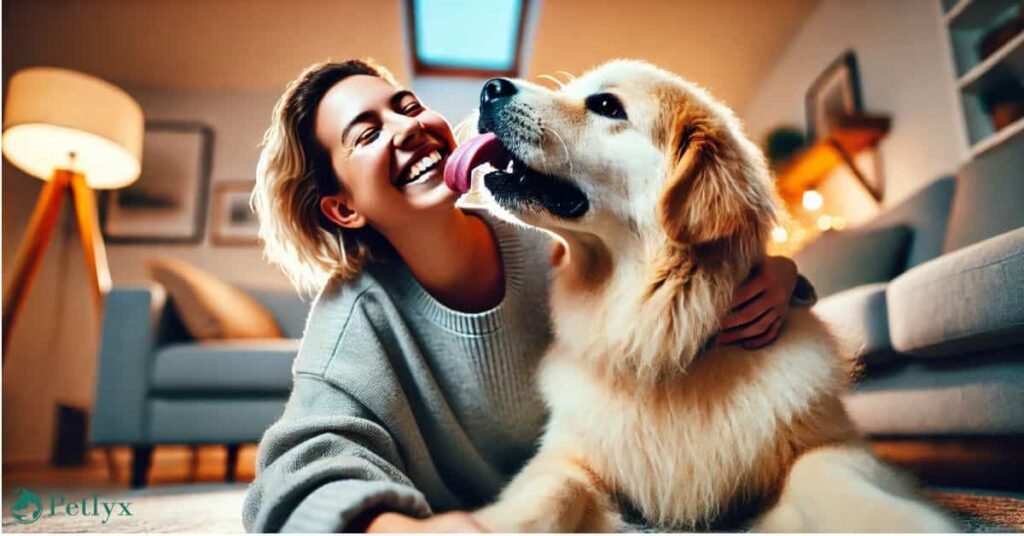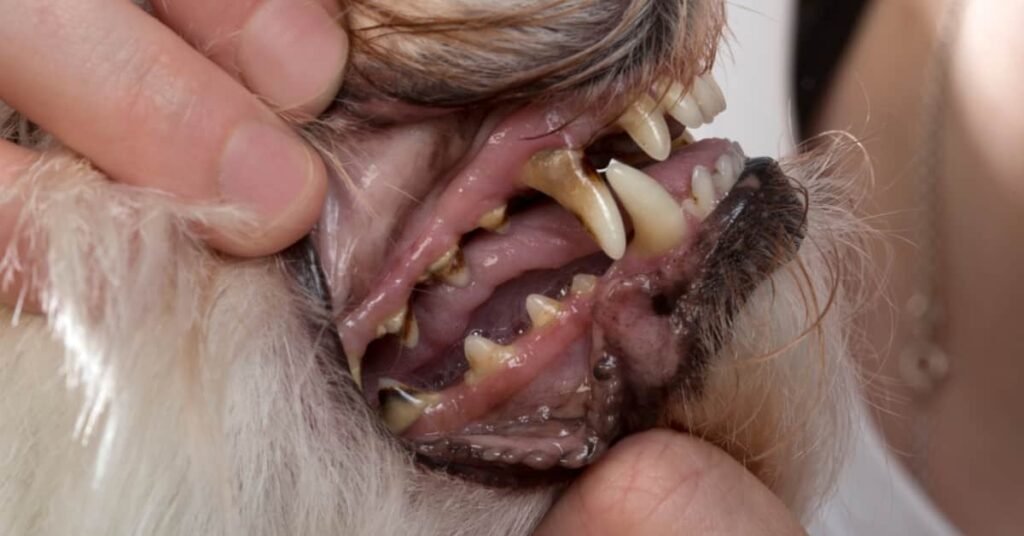
Just like human babies go through a long journey for teething, dog babies also do. The pup teething period is marked by a lot of behavioral changes and discomfortness which is a normal part of their development. To face the teething period soothingly, you can help your dog by understanding his behavior, process, signs, and strategies that work best for his dental health. From milk teeth to permanent ones, teething timeline, dental hygiene, and a lot more, you have to read this article till last.
Is a dog born with teeth?
NO! Pups do not have teeth at birth. They are born with smooth gums and then the teeth emergence occurs almost after 2 weeks.
Do dogs lose teeth?
Do dogs lose teeth? YES! We call pup’s baby teeth needle teeth because of their pointed and sharp shape. Pups eventually lose their baby teeth just like humans do.
Teething timeline of dogs
- Pups have no teeth from birth to almost 2 weeks.
- In general dog teeth patterns, and incisors are followed by canines from 3 to 4 weeks.
- Baby premolars erupt and a set of 28 teeth is completed by 5 to 8 weeks.
- By 3 to 5 months, pups begin to lose baby teeth replacing them with adult incisors and canines.
- Adult premolars come by 4 to 6 months of age.
- Then adult molar teeth erupt until a completion of 42 teeth occurs by almost 5 to 7 months.
Dog’s dental hygiene
Cleaning dog teeth with a brush
Regular dog teeth brushing habit is tremendous, however, brushing dog teeth 3 times a week will also work for oral hygiene. Cleaning dog teeth with a brush can prevent plaque and tartar buildup, bad breath, painful infections, gum disease, and tooth decay. Try to brush your dog’s teeth when they are relaxed and calm. Brush the dog’s teeth while bristles at an angle of 45 degrees towards the gums. Try using a circular motion for better cleaning.
Cleaning dog teeth without brush
Even if you are trying your best to brush your dog’s teeth, sometimes they resist brushing so what can you do for their dental cleaning? Here are some alternatives for cleaning dog teeth without a brush:
- Dog chews.
- Dental wipes.
- Dog bones.
- Chew toys.
- Coconut oil.
- Dental treats.
- Oral sprays and gels.
Cleaning plaque and tartar off dog’s teeth
You should use dog-safe toothpaste and a toothbrush for cleaning the plaque and tartar off a dog’s teeth. To reduce its buildup you can use dog treats, chews, and dental toys. You might also need a vet visit for a hardened tartar removal. Regular dental checkups will help to maintain oral health.
Calculating a dog’s age in human years
Calculating a dog’s age in human years is important so you can how your your dog is aging and how should you treat them according to it.
- For a medium-sized dog, the first year is equal to 15 human years.
- Where 9 human years are equal to the second year of dogs.
- Then approximately 5 human years correspond to per dog year.
Dog dental behavior and training
Why do dogs show their teeth?
Dogs say a lot of things by showing their teeth. Sometimes it’s a signal for communication, but the others time it can be aggression, warning,g or fear signs. He might be telling you to leave me alone. Some dogs show their teeth in excitement or as a submissive grin or while excited, accompanied by a relaxed body and wagged tail.
Why do dogs grind their teeth?
Teeth grinding or bruxism is a behavior that can be seen in all dog breeds. The behavior can generally be due to oral pain and gastrointestinal problems. However, stress and anxiety can also be the reason behind this behavior. You can stop your dog’s teeth grinding by discouraging this behavior and rewarding your dog for calm and soothing behavior.
Why do dogs chatter their teeth?
Your dog may chatter because of some medical condition, cold, or excitement. Sometimes dog teeth chattering can be the response of emotions like anticipation or excitement while greeting someone or playing. Teeth chattering gives warmth, so the behavior can also be due to cold. Other underlying problems include seizures, fractured teeth, gum disease, and tooth pain. But you might need a vet for a severe case.
Conclusion
Teething is a part of a dog’s normal development. However, understanding the process and effectively curing the problems is the key to smoothness. The puppy teeth story also includes their dental hygiene with dental behavior and training. May your pup have a bright smile.






